A stunning breakthrough has sent shockwaves through the cybersecurity landscape: researchers at ETH Zurich have developed an AI system that defeats Google’s reCAPTCHA v2 with a flawless 100% success rate.
This accomplishment not only raises questions about the reliability of today’s most trusted bot detection tools, but also hints at seismic shifts ahead for online security and authentication strategies.
According to reports, this AI’s performance marks a new era in the ongoing battle between bots and protective technology.
Below, we explore 21 crucial insights into this remarkable feat and what it could mean for the future of digital security.
1. The ETH Zurich Breakthrough
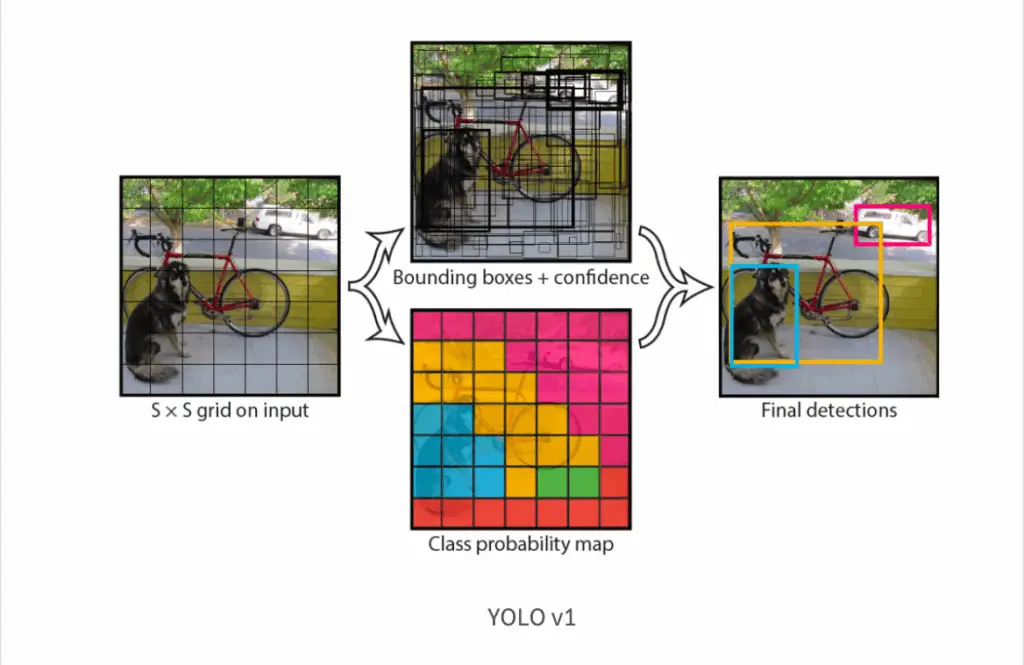
ETH Zurich researchers, including Andreas Plesner, Tobias Vontobel, and Roger Wattenhofer, have set a new standard in AI-driven security challenges. By adapting a YOLO (You Only Look Once) image processing model, their AI achieved a perfect 100% success rate in solving Google’s reCAPTCHA v2. This result shatters previous records, which topped out around 68-71%. Their work highlights just how quickly machine learning can now replicate—and even outperform—human-like pattern recognition.
Decrypt
2. Modifying YOLO for CAPTCHA Solving
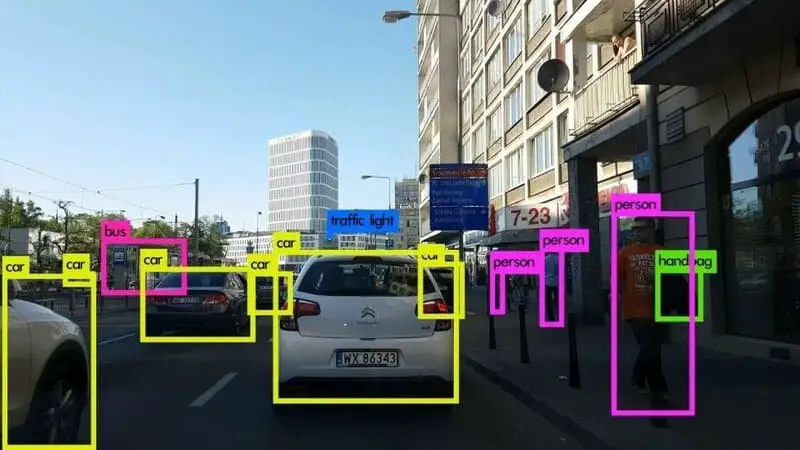
The ETH Zurich team ingeniously modified the YOLO model—a state-of-the-art real-time object detection system—to attack image-based CAPTCHAs head-on. By training YOLO to identify and interpret the specific visual cues used in Google’s reCAPTCHA v2, the AI could rapidly and accurately solve puzzles meant to block automated access. This approach allowed for both speed and precision, setting a new benchmark in the field.
WinBuzzer
3. Comparing to Previous Attempts

Prior to this breakthrough, AI systems struggled to surpass a 68-71% success rate when tackling Google’s reCAPTCHA v2, falling well short of true human mimicry. ETH Zurich’s modified YOLO approach represents a quantum leap in accuracy, highlighting just how quickly machine learning is progressing in the realm of security and pattern recognition.
arXiv
4. The Role of Browser Cookies and History

Google’s reCAPTCHA v2 goes beyond simple image puzzles, leveraging browser cookies and a user’s browsing history to assess whether interactions are genuine or automated. The ETH Zurich team found that these seemingly protective layers can actually be manipulated, opening the door for advanced AI to masquerade as real users. This discovery exposes fresh vulnerabilities and challenges assumptions about what makes a system truly bot-resistant.
The Shib Daily
5. Human-Like Attempt Numbers
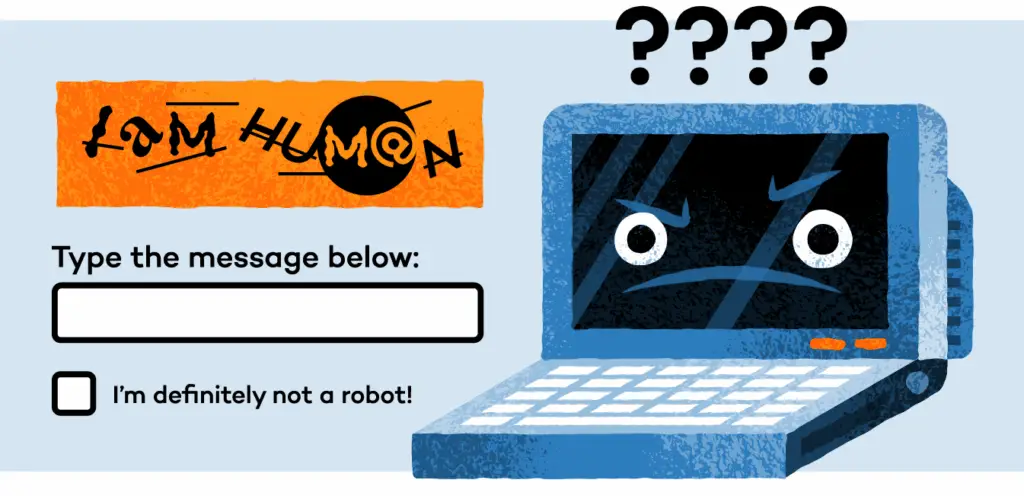
A striking aspect of ETH Zurich’s AI is its ability to solve CAPTCHAs using roughly the same number of attempts as a real human. This makes it much harder for detection systems to flag bots based on abnormal solving rates or patterns, allowing AI-driven traffic to blend seamlessly with legitimate users.
Decrypt
6. Implications for Digital Security
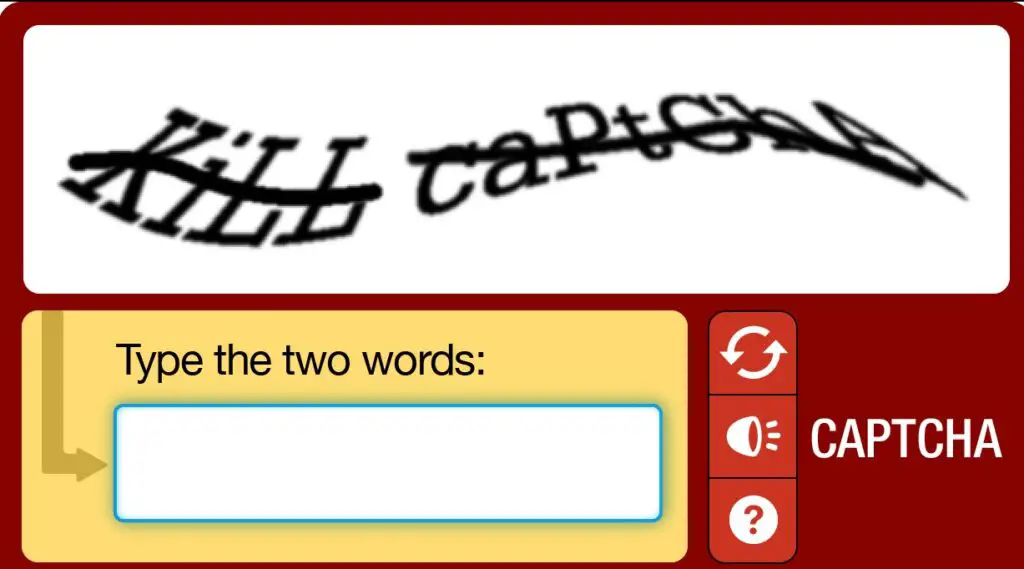
The ability of AI to flawlessly bypass sophisticated CAPTCHAs signals a major turning point for digital security. As traditional verification tools become obsolete, cybersecurity experts must urgently rethink authentication strategies and invest in more robust solutions. This breakthrough compels organizations to seek innovative defenses that can withstand rapidly advancing machine intelligence.
Quanta Intelligence
7. The Arms Race: AI vs. Security

This breakthrough intensifies the ever-evolving “arms race” between artificial intelligence and cybersecurity measures. As AI becomes more adept at circumventing defenses, security professionals are compelled to innovate rapidly to keep pace and protect digital infrastructure. The balance of power is shifting, making ongoing vigilance and adaptation more critical than ever.
Decrypt
8. CAPTCHA Farms and Economic Incentives

CAPTCHA farms have long offered bulk CAPTCHA-solving services, charging as little as $1-3 for every 1,000 reCAPTCHA v2 challenges. The rise of AI-driven solvers threatens to undercut even these low prices, making automated bypassing widely available to anyone—including cybercriminals. This trend amplifies economic incentives for abuse and undermines the value of traditional CAPTCHA barriers.
ReCAPTCHA v2 vs. v3
9. Google’s Response: reCAPTCHA v3

To counter increasingly sophisticated attacks, Google released reCAPTCHA v3 in 2018. This version moves away from image-based puzzles, instead focusing on analyzing user behavior patterns to determine authenticity. Designed to be seamless and invisible, reCAPTCHA v3 aims for higher security without disrupting user experience.
The Shib Daily
10. How reCAPTCHA v3 Works

reCAPTCHA v3 operates by actively monitoring user interactions across a website. It evaluates factors such as mouse movements, keystrokes, and navigation patterns, generating a risk score to assess whether an interaction is likely human or bot-driven. While this behavioral analysis raises the bar for attackers, experts caution that rapidly evolving AI could eventually mimic these subtle behaviors as well.
Google Developers
11. Alternative Security Measures

To outpace advanced AI bots, security experts recommend adopting multi-factor authentication, behavioral biometrics, and adaptive machine learning systems. These layered defenses make it significantly harder for automated tools to bypass security protocols, providing a more robust shield against evolving threats.
Quanta Intelligence
12. Behavioral Analysis Systems

Behavioral analysis systems represent the cutting edge of user authentication. By tracking user habits—such as typing rhythms, mouse trajectories, and login patterns—these systems develop profiles that can quickly flag suspicious deviations. As AI continues to outsmart image-based CAPTCHAs, this approach is becoming an essential line of defense for organizations seeking to detect and stop sophisticated automated threats.
Cybersecurity & Infrastructure Security Agency
13. Multi-Factor Authentication (MFA)
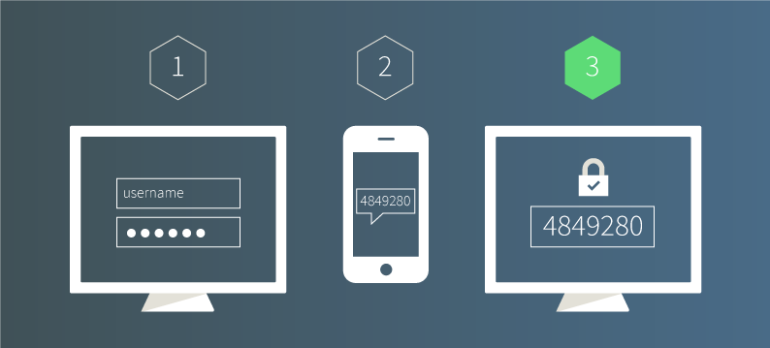
Multi-factor authentication (MFA) requires users to provide multiple forms of identification, such as a password and a one-time code sent to a mobile device. This layered approach makes unauthorized access far harder, serving as a robust supplement—or even replacement—for traditional CAPTCHA systems.
NIST
14. The Cost of Obsolete CAPTCHAs

With AI now outsmarting traditional CAPTCHA systems, businesses are left vulnerable to increased levels of spam, fraud, and automated abuse. The financial and reputational costs can escalate rapidly as attackers exploit outdated defenses. Companies must weigh these risks and act swiftly to upgrade their security infrastructure or face significant losses.
ZDNet
15. Impact on Advertisers and Service Providers
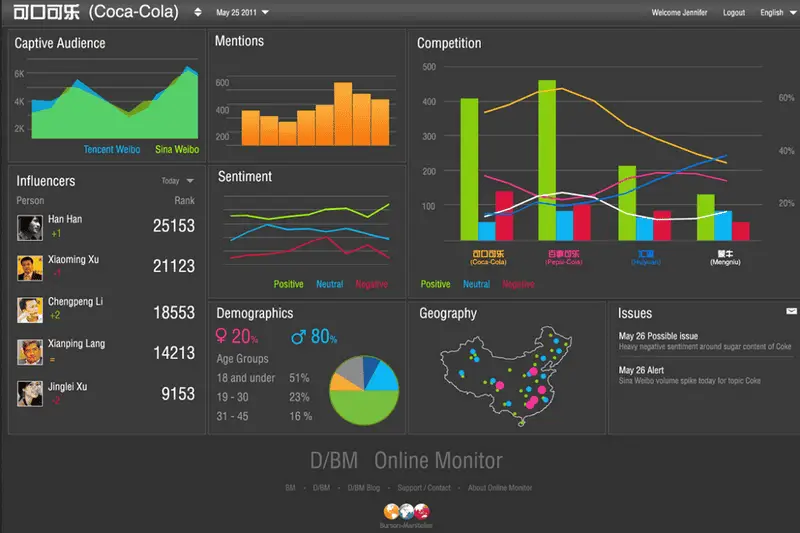
For advertisers and online service providers, the inability to reliably separate humans from bots can distort ad metrics and user engagement data. This erosion of data quality threatens business decisions, undermines trust in digital platforms, and may lead to lost revenue and credibility.
Decrypt
16. Broader Cybersecurity Implications
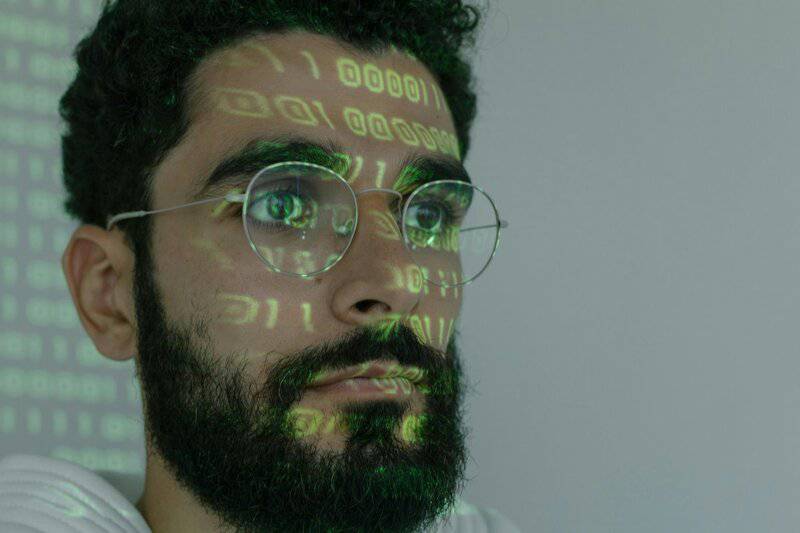
The ETH Zurich breakthrough exposes a fundamental weakness in some of the world’s most trusted digital security tools. As AI systems become increasingly sophisticated, entire categories of defenses may be rendered ineffective. This challenge calls for a forward-thinking, proactive approach to cybersecurity—one that anticipates future threats and adapts before vulnerabilities are exploited.
Quanta Intelligence
17. Global Arms Race in AI and Security

As AI breakthroughs accelerate, the contest between AI developers and cybersecurity experts has become a truly global arms race. Organizations across all sectors and regions must now prioritize investment in advanced research and innovation to keep pace with ever-evolving AI-powered threats.
Wired
18. Legal and Regulatory Considerations

The rise of AI-powered CAPTCHA bypasses may soon outpace current legal protections. Regulatory frameworks will likely need revisions to address AI-driven cyberattacks, fraud, and automated abuse, ensuring robust safeguards for both consumers and businesses in this rapidly changing landscape.
Harvard Law Review
19. The Future of Human Verification

With traditional CAPTCHAs fading, the industry is shifting toward smarter, frictionless user verification strategies. Innovations such as biometric authentication and context-aware systems promise to deliver both convenience and security. As these technologies mature, we can expect a surge in their adoption, fundamentally changing how humans prove their identity online.
TechCrunch
20. The Next Steps for Google and Industry Leaders

Industry leaders like Google are rapidly developing new security measures, focusing on AI-driven threat detection and advanced identity verification systems. These efforts aim to stay ahead of increasingly sophisticated attacks, ensuring user safety and platform integrity in a landscape where traditional methods are no longer sufficient.
The Shib Daily
21. The Road Ahead for Cybersecurity

The ETH Zurich breakthrough serves as a powerful reminder that cybersecurity must adapt at the same pace as adversarial AI. The future depends on sustained research, cross-industry collaboration, and raising public awareness about evolving digital threats. Only by uniting expertise and vigilance can we hope to protect the integrity of our online world.
Decrypt
Conclusion

AI’s flawless triumph over Google’s reCAPTCHA v2 is not just a landmark achievement—it’s a wake-up call for the entire digital ecosystem. As conventional verification tools become obsolete, the responsibility falls on security professionals and organizations to rethink and reinvent how we authenticate users online. The path forward demands adaptive, multi-layered, and human-centric approaches that can keep pace with rapidly evolving threats. The digital world’s safety relies on proactive innovation, robust collaboration, and a renewed commitment to protecting user identity and trust.

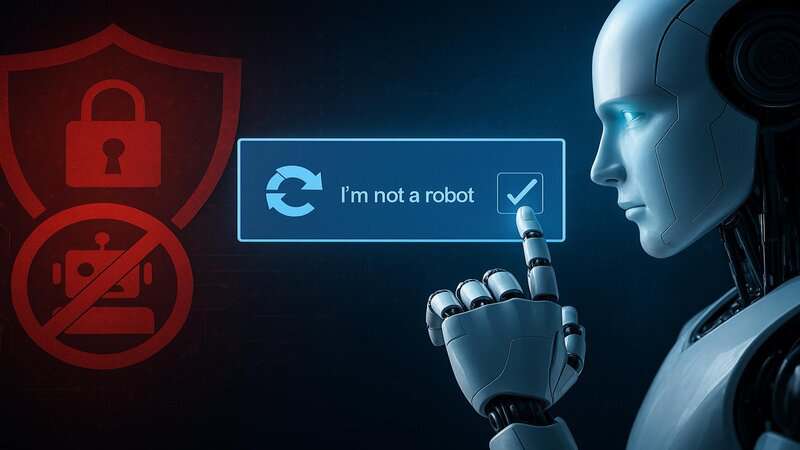

Vielleicht interessiert es Sie:
Wussten Sie! Minensuchratten auf dem Schlachtfeld und sie sind super effektiv!
Wie viele Giraffenarten gibt es? Leben sie alle in Afrika?
Der Vogel ist das Weibchen der Vögel: wahr oder falsch?
Warum bauen Biber Dämme? Welchen Nutzen?
Warum leben manche Tiere nachtaktiv? Welche Vorteile?
Küssen Tiere? Ist das die gleiche Bedeutung wie Menschen?
200+ Hilarious Seahorse Jokes That Will Make You Smile and Giggle
200+ Funny Investment Jokes to Boost Your Financial Humor Game